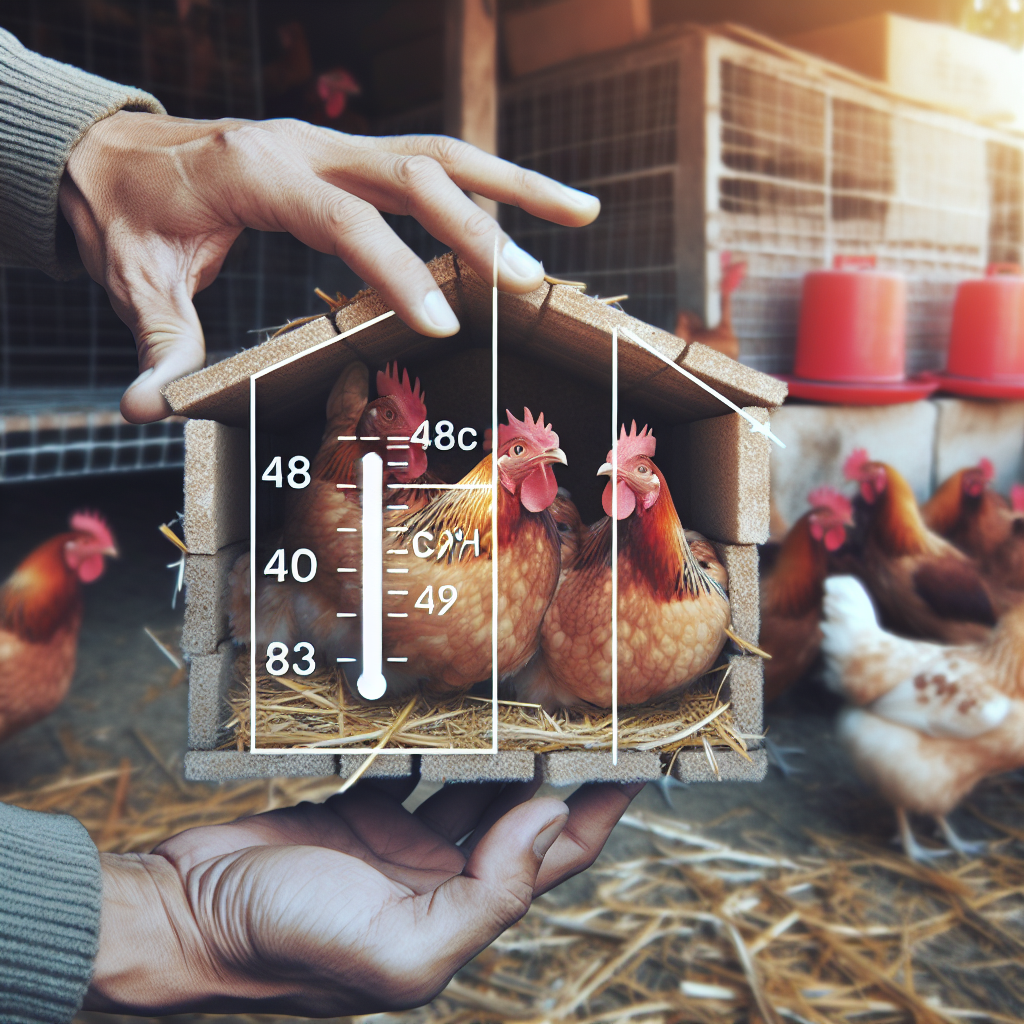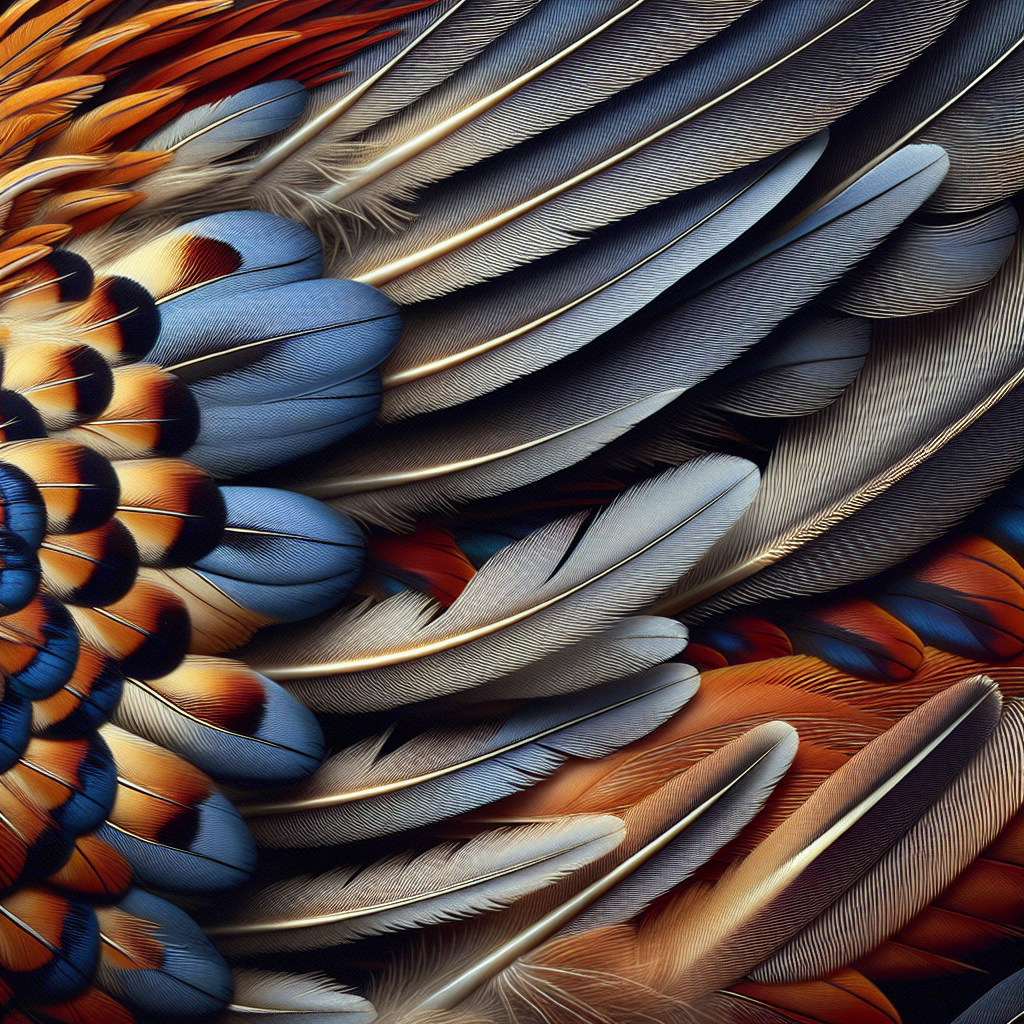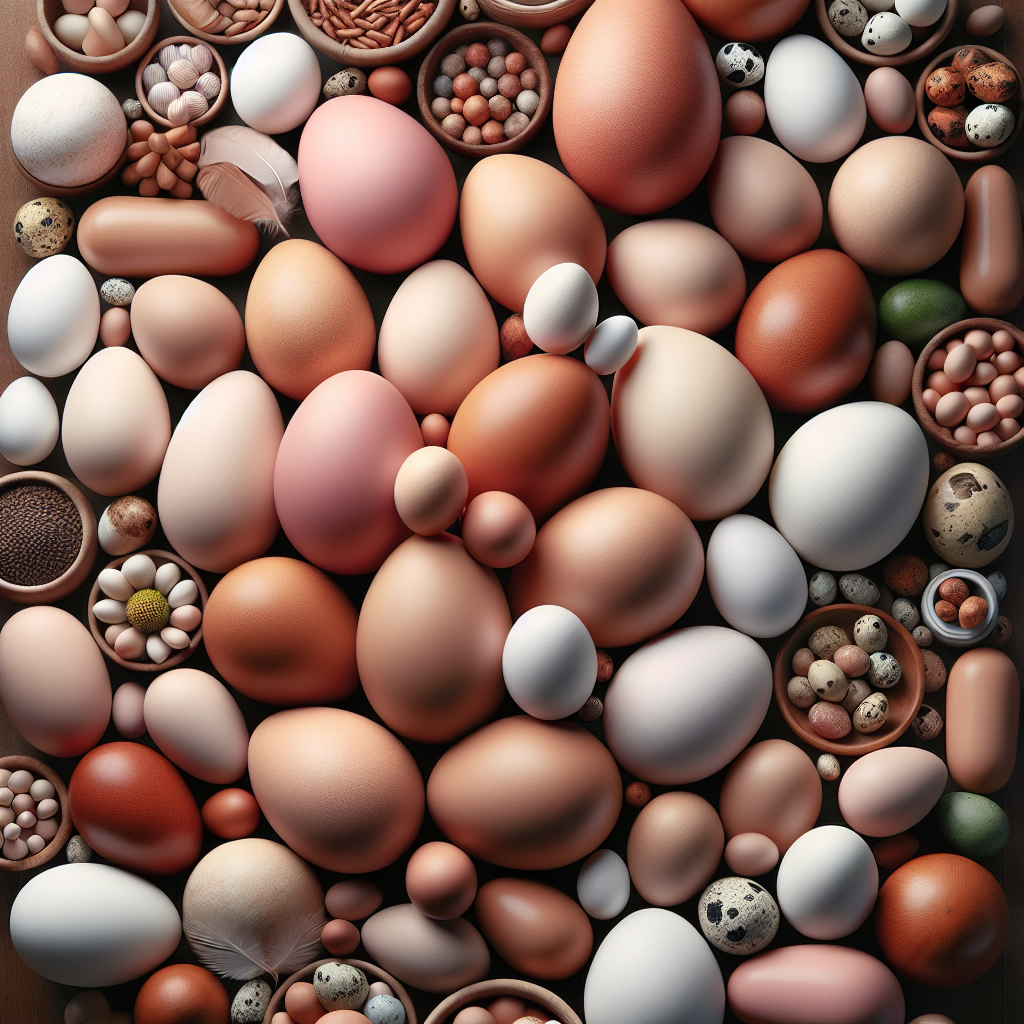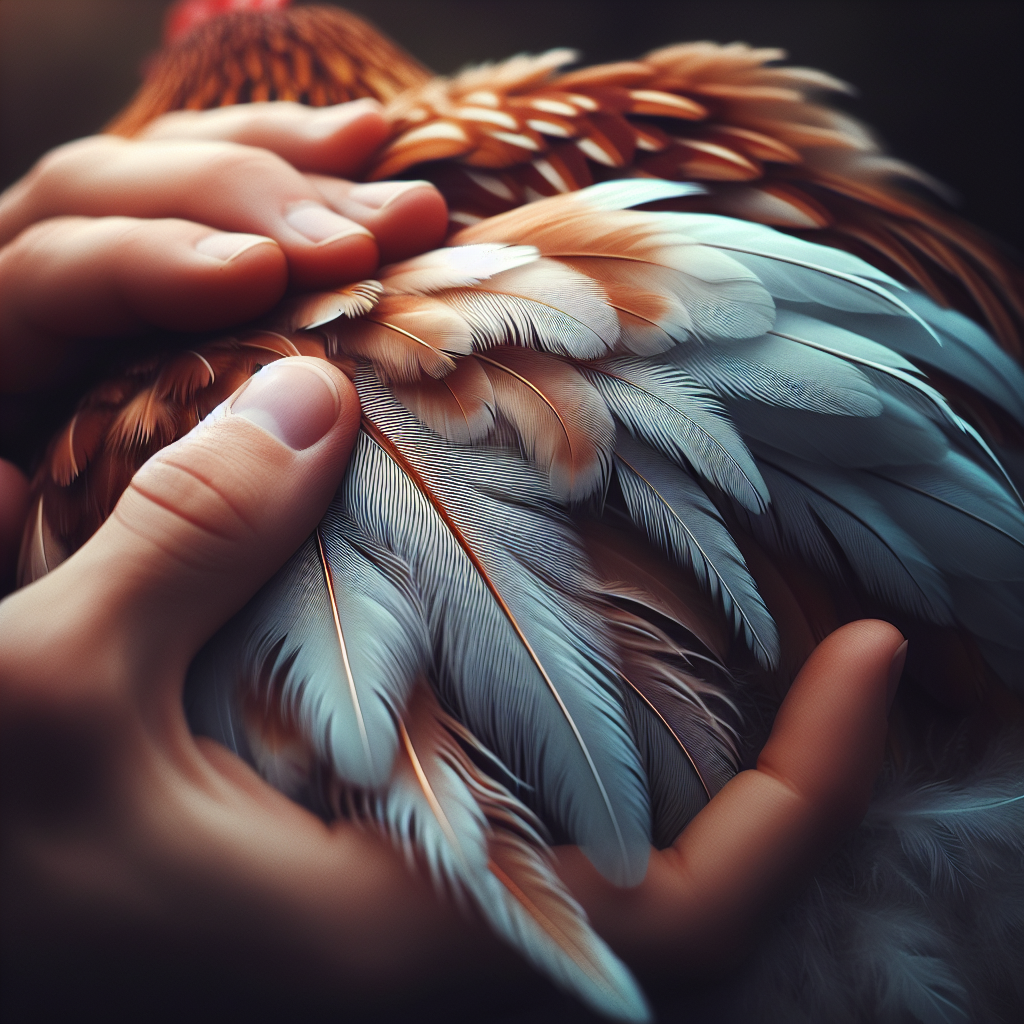As a chicken owner, you may have noticed that as the seasons change, so do the needs and behaviors of your beloved flocks. Understanding how these seasonal changes impact the basics of chicken care is essential for their health and well-being. From temperature fluctuations and diet adjustments to predator protection and egg production, the changing seasons bring about a whole new set of considerations for keeping your chickens happy and thriving. In this article, we will explore the various ways in which seasonal changes can impact the basics of chicken care, providing you with valuable insights and tips to ensure that your feathered friends receive the best possible care throughout the year.
Housing
Sheltering chickens during extreme temperatures
When it comes to housing your chickens, providing adequate shelter during extreme temperatures is crucial to keeping them healthy and comfortable. During hot weather, it’s important to ensure that the chicken coop is well-ventilated to allow for proper air circulation. This can be achieved by installing windows or vents, which will help prevent the coop from becoming too hot and stuffy. Additionally, offering shade options such as awnings or trees in the chicken run can provide relief from the scorching sun.
On the other hand, during cold weather, insulation is key to keeping your chickens warm. Insulating the coop can be done by adding extra layers of insulation material such as straw, hay, or even recycled insulation boards. This will help to maintain a suitable temperature within the coop and shield your feathered friends from the chilly weather. Remember to also seal any drafts or gaps in the coop to prevent cold air from seeping in.
Preparing the coop for seasonal changes
Preparing your chicken coop for seasonal changes is vital for ensuring your chickens’ well-being all year round. As the seasons transition, it’s important to adjust the coop accordingly. In the fall, you should clean the coop thoroughly and remove any accumulated debris. This will help prevent pests and diseases from taking hold during the colder months. Additionally, consider adding extra bedding for insulation and warmth.
As winter approaches, it’s essential to check for any leaks or drafts in the coop and seal them. Provide bedding with deep layers to help your chickens stay snug and warm. In the spring, focus on cleaning and tidying the coop after the long winter. Remove any remaining bedding and sanitize the coop to maintain a clean and healthy environment for your flock.
Insulating the coop during cold seasons
During colder seasons, insulating the chicken coop is critical in maintaining a comfortable and warm environment for your feathered companions. Insulation helps to regulate the temperature and provide protection against the harsh cold. Consider using materials such as straw, wood shavings, or recycled insulation boards for effective insulation.
Start by insulating the walls and ceiling of the coop. Make sure to cover the entire surface area to prevent any cold drafts. Pay close attention to corners and areas where air might seep in. Additionally, insulate the floor using layers of straw or hay to provide an extra barrier against the cold ground. This will help prevent frostbite and keep your chickens cozy during winter.
Providing ventilation during hot seasons
Just as insulation is important during cold seasons, adequate ventilation is crucial during hot weather to prevent heat stress in chickens. Proper ventilation helps to reduce humidity, provide fresh air circulation, and regulate the temperature within the coop. Without proper ventilation, your chickens may suffer from heat exhaustion or even heat stroke.
To provide ventilation, consider installing windows or vents in the coop. These can be opened to allow for air movement when temperatures rise. Additionally, placing fans strategically around the coop can help in circulating the air and lowering the overall temperature. It’s important to ensure that the coop is well-ventilated without allowing drafts that could lead to cold spots during cooler seasons.
Feeding
Adjusting feed amounts based on temperature
The nutritional needs of chickens vary with the changing seasons, and it’s important to adjust their feed amounts accordingly. During colder weather, chickens require more energy to maintain their body temperature. Therefore, you may need to increase their feed amounts to provide the necessary calories.
Monitor your flock’s appetite and adjust the feed accordingly. Remember that colder temperatures can also affect water consumption, so make sure to provide fresh water at all times. In hotter weather, chickens may eat less due to decreased appetites, but it’s still crucial to provide them with enough nutrition. Keep an eye on their water intake as well, as higher temperatures can lead to dehydration.
Introducing seasonal produce to the diet
Incorporating seasonal produce into your chickens’ diet is an excellent way to provide them with a diverse range of nutrients. Different seasons bring an abundance of fruits, vegetables, and other natural goodies that you can share with your flock. During the summer, for example, watermelon and cucumbers can help keep them hydrated due to their high water content.
In the fall, you can offer your chickens freshly fallen leaves or a mix of pumpkin and squash, which are rich in vitamins and fiber. Winter is a time when leafy greens such as kale or spinach provide valuable nutrients. And as spring arrives, you can introduce tender young shoots and sprouts. Remember to introduce new foods gradually, keeping an eye on any potential digestive issues.
Maintaining water supply during extreme weather
Providing a constant, clean water supply is essential for your chickens’ health and well-being, especially during extreme weather conditions. In hot weather, chickens tend to drink more water to stay hydrated and regulate their body temperature. It’s crucial to replenish their water sources regularly and ensure they have access to shade to prevent dehydration.
During freezing temperatures, water can quickly freeze, leaving your chickens without a water source. To prevent this, consider using heated waterers or insulating their water containers. Insulated waterers help keep the water from freezing, ensuring your flock stays hydrated throughout the winter. Regularly check the water supply to ensure it’s not contaminated or frozen.
Monitoring feed storage conditions
Proper storage of chicken feed is vital to maintain its quality and freshness, regardless of the season. It’s important to store feed in a cool, dry, and well-ventilated area to prevent moisture and pests from compromising its nutritional value. High temperatures and humidity can lead to mold growth or spoilage, which can be harmful to your chickens.
Invest in airtight containers or bins to store your chicken feed, keeping it safe from pests such as rats or insects. Regularly inspect the storage area for signs of infestation or moisture buildup. Dispose of any expired or spoiled feed to maintain the overall health of your flock. Remember to purchase feed in quantities that can be consumed within a reasonable timeframe to prevent feed from losing its freshness and nutritional value.
Healthcare
Protecting against common seasonal illnesses
As the seasons change, chickens are susceptible to various illnesses that may arise due to environmental conditions. Understanding these common seasonal illnesses and taking preventive measures can help safeguard your flock’s health. Respiratory infections, for instance, are more prevalent during colder months. To reduce the risk, ensure proper ventilation and keep the coop clean and dry.
In warmer seasons, parasites like mites and ticks proliferate, leading to discomfort and potential health issues. Regularly inspect your chickens for any signs of infestation, such as feather loss, and take appropriate measures such as treating with poultry-friendly pest control products or using diatomaceous earth.
Preparing for parasite outbreaks during warmer seasons
Warmer seasons often bring an increased risk of parasite outbreaks in chickens. External parasites such as mites, lice, and ticks can pose a threat to the health of your flock. To prevent these outbreaks, practice good coop hygiene by regularly cleaning and disinfecting the coop. Inspect your birds regularly, paying close attention to their feathers and skin for any signs of infestation.
Implement preventative measures such as dusting your chickens with food-grade diatomaceous earth or using poultry-friendly pest control products. Additionally, you can create dust bathing areas with a mix of soil and diatomaceous earth to help your chickens naturally combat parasites. Regularly clean and refresh these areas to keep them effective.
Addressing vitamin deficiencies during colder months
During colder months, chickens may be more prone to vitamin deficiencies due to reduced access to fresh vegetation and decreased sunlight. To ensure your flock receives the necessary vitamins, consider supplementing their diet with poultry-specific multivitamins or vitamin-enriched feeds.
Vitamin D is especially important, as it is synthesized by chickens when their skin is exposed to sunlight. Since sunlight can be limited during winter, providing artificial UVB lighting in the coop can help maintain adequate levels of vitamin D. Consult with a veterinarian or poultry specialist for appropriate dosages and recommendations for vitamin supplementation during colder months.
Egg Production
Managing lighting changes for consistent egg production
Light plays a significant role in maintaining consistent egg production in chickens. As days become shorter during the fall and winter months, egg production can naturally decline. To offset this, it’s common practice to introduce artificial lighting in the coop to ensure that chickens receive the necessary hours of light for optimal egg-laying.
Gradually increase the amount of light in the coop, keeping it consistent for around 14-16 hours per day. This mimics the longer days of spring and summer, encouraging your chickens to continue laying eggs. Use a timer to automate the lighting, ensuring a consistent schedule. However, keep in mind that providing a balance and allowing for a break in egg production during natural molting seasons can be beneficial for your chickens’ health.
Dealing with seasonal fluctuations in egg size and quality
It’s normal for egg size and quality to fluctuate with the changing seasons. During colder months, chickens may produce smaller eggs due to less daylight and decreased overall activity levels. As the days grow shorter, they divert energy from egg production to body maintenance and warmth.
In warmer months, egg size may increase, and overall quality may improve. Chickens tend to be more active and have access to a wider variety of foraging options. However, keep in mind that extreme heat can lower production, so ensuring proper ventilation and hydration is crucial to maintaining egg quality all year round.
Promoting egg-laying behavior during shorter daylight hours
During shorter daylight hours in fall and winter, chickens’ natural egg-laying behavior may be affected. To encourage egg-laying, it’s important to create a comfortable and stress-free environment for your feathered friends. This can be achieved by providing appropriate lighting, maintaining consistent temperatures, and ensuring a well-balanced diet.
By providing artificial lighting in the coop to mimic longer days, you can help regulate their hormonal balance and promote egg-laying behavior. However, it’s important to strike a balance and allow for natural seasonal cycles to prevent excessive stress on the chickens’ bodies. Consult with a veterinarian or poultry specialist for guidance on appropriate lighting schedules for your flock.
Behavioral Changes
Recognizing and managing seasonal hormonal changes
Chickens’ behavior can be influenced by hormonal changes during different seasons. For example, during spring and summer, chickens may exhibit more mating or nesting behaviors as their hormones shift in response to increased daylight and warmer temperatures. Recognizing and managing these behavioral changes is important for the overall well-being of your flock.
Provide suitable nesting options and consider offering supplemental calcium sources such as crushed oyster shells to support eggshell formation. Observe their behavior closely and intervene if any aggressive or overly dominant behavior arises. Ensuring plenty of space, enrichment, and social interaction can help channel their energy and maintain a harmonious flock dynamic throughout the year.
Understanding natural molting processes
Molting is a natural process where chickens shed and regrow their feathers, usually coinciding with seasonal transitions. It’s important to understand this process to properly care for your chickens during this time. Molting can take up to several weeks, during which egg production often decreases or pauses altogether.
Support your chickens during molting by providing a balanced diet rich in protein to support healthy feather regrowth. Consider including supplements such as poultry-specific feather-enhancing supplements or adding high-quality protein sources to their diet, such as mealworms or soybeans. Providing a stress-free environment with ample space and nesting options can also help ensure a smooth molting process.
Adapting to changes in foraging and grazing behavior
Seasonal changes can significantly impact your chickens’ foraging and grazing behavior. In spring and summer, when vegetation is abundant, chickens may spend more time outside foraging and grazing on fresh greens. However, during colder months or in more confined conditions, their access to natural foraging may be limited.
To adapt to these changes, provide appropriate enrichment options such as hanging fresh greens, vegetable scraps, or wooden blocks for them to peck and investigate. This can help satisfy their natural foraging instincts and provide mental stimulation. Additionally, consider introducing sprouted grains or seeds as an alternative to fresh forage during colder seasons when fresh vegetation may be scarce.
Predator Protection
Fortifying coop and run against seasonal predators
As seasons change, different predators may become more active, posing a threat to your flock. It’s crucial to fortify the coop and run against these seasonal predators to ensure the safety of your chickens. Start by inspecting the coop for any gaps, holes, or weak spots that could allow predators to enter. Secure these areas with sturdy wire mesh or hardware cloth.
In addition to fortifying the physical structure, consider adding motion-activated lights or alarms to deter predators. Utilize electrified fencing around the perimeter of the chicken run to provide an extra layer of protection. Regularly inspect and maintain the defenses to ensure their effectiveness throughout the year.
Securing food storage areas
Predators are not only interested in attacking chickens but can be attracted to their feed as well. Properly securing food storage areas is essential to prevent potential predators from being drawn to your property. Store feed in airtight containers made of sturdy materials, such as metal or hard plastic, to discourage rodents or other pests from accessing it.
Keep the storage areas clean and free from spilled feed, which can attract unwanted visitors. Regularly inspect the storage containers for signs of damage or wear and replace them as necessary. By keeping their food supply secure, you can minimize the risk of predators being attracted to your chickens’ feeding areas.
Implementing additional security measures during vulnerable seasons
During vulnerable seasons when predators are more active, it may be necessary to implement additional security measures to protect your flock. Consider using deterrents such as motion-activated sprinkler systems or predator decoys to discourage unwanted visitors.
If free-ranging your chickens, supervise their outdoor activities and provide protective cover such as shrubs or fenced areas. Consider utilizing secure-netted enclosures for daytime free-range activities, ensuring your chickens are safe from aerial predators. Implementing these additional security measures can help ensure the well-being of your flock even during the more vulnerable seasons.
Breeding and Brooding
Optimal breeding seasons for different chicken breeds
Breeding chickens requires careful consideration of the optimal seasons for different breeds. Each breed has its own specific breeding characteristics and preferences. Research and understand the ideal breeding seasons for your particular chicken breeds to maximize the success of breeding.
For example, some breeds may be more tolerant of heat or cold, which can influence their breeding preferences. Consider consulting reputable poultry breeders or organizations specializing in your chosen breeds for guidance on the best breeding seasons. This knowledge will help you plan and prepare for successful hatching and chick rearing.
Providing suitable conditions for brooding chicks during specific seasons
Brooding chicks during specific seasons requires attention to temperature, humidity, and overall environmental conditions. Chicks are vulnerable to extreme temperatures, so it’s important to mimic natural brooding conditions that provide warmth and comfort.
For brooding during colder months, ensure the brooder box is properly insulated and heated with a heat lamp or heating pad to maintain a suitable temperature. Use bedding material such as pine shavings or straw to provide insulation and absorb moisture.
During warmer months, ventilation is crucial to prevent overheating. Ensure proper air circulation and provide shade to keep the brooder box at a comfortable temperature. Monitor humidity levels and use appropriate bedding material such as wood shavings or paper towels that allow for airflow.
Understanding how seasonal changes affect chick development
Seasonal changes can influence the development of chicks, affecting their growth and overall health. Chickens thrive in different environments depending on their developmental stages and the prevailing season. Understanding these influences is essential in ensuring optimal chick development.
For example, chicks hatched in the spring and summer benefit from warmer temperatures and longer daylight hours, which promote healthier growth. Conversely, chicks hatched during colder months may require additional heat and artificial lighting to support their development. By providing suitable conditions and monitoring their growth, you can help ensure that your chicks develop into healthy and robust members of your flock.
Environmental Considerations
Managing dust and odor in the coop during confined seasons
During confined seasons when chickens spend more time indoors, managing dust and odor in the coop becomes crucial for their health and your own comfort. High dust levels can lead to respiratory issues for both chickens and their keepers. To minimize dust, regularly clean the coop, removing any accumulated debris or soiled bedding.
Consider using dust-free bedding materials such as wood shavings or paper-based bedding to reduce dust production. Additionally, ensure proper ventilation and regularly clean or replace air filters to decrease airborne particles. Employing these measures will create a healthier and more pleasant environment for both you and your chickens.
Minimizing heat stress in chickens during summer months
Heat stress can be a serious concern for chickens during the hot summer months. Excessive heat can lead to dehydration, decreased egg production, and even mortality if not properly addressed. Taking proactive measures to minimize heat stress is crucial in maintaining the well-being of your flock.
Provide shade options in the chicken run using natural shade from trees or by installing awnings or tarps. Additionally, offer cool, fresh water in multiple locations to encourage hydration. Implementing misters or sprinkler systems can help cool the environment and provide relief from the heat. Monitoring your chickens’ behavior and overall health during hot weather is essential to ensuring their comfort and preventing heat-related issues.
Preventing frostbite in winter by ensuring appropriate coop conditions
Frostbite can be a significant concern for chickens during the winter months, particularly in areas with extremely cold temperatures. To prevent frostbite, it’s crucial to ensure that your coop provides appropriate conditions to keep your chickens warm and protected.
Insulate the coop properly with materials such as straw, hay, or recycled insulation boards to maintain a suitable temperature. Ensure that the coop is draft-free and free from any dampness that can contribute to frostbite. Pay special attention to the combs, wattles, and feet as these areas are most susceptible. Applying petroleum jelly or other protective creams can help prevent frostbite on exposed skin. Regularly inspect your chickens for any signs of frostbite and take appropriate measures if needed.
Winter Care
Insulating water sources to prevent freezing
When winter arrives, it’s crucial to insulate your chickens’ water sources to prevent freezing. Providing access to clean and unfrozen water is essential for their hydration and overall health. Frozen water sources can lead to dehydration, which can be detrimental to your flock.
Consider using heated waterers specifically designed to prevent freezing. This ensures a constant supply of water without the worry of it turning into ice. Insulate the waterer and its surrounding area with blankets or foam insulation to provide an additional layer of protection against the cold. Regularly check the waterers and thaw any frozen water to ensure your chickens have access to fresh, liquid water at all times.
Applying bedding to protect against cold and humidity
Applying suitable bedding in the coop during the winter months is essential to protect your chickens from the cold and humidity. Bedding provides an extra layer of insulation against the cold ground and helps absorb excess moisture, keeping the coop drier.
Consider using deep layers of bedding material such as straw or wood shavings. This helps provide warmth by trapping air and moderating the coop’s temperature. Regularly monitor the bedding for dampness or excessive moisture and replace it when necessary to maintain a dry and comfortable environment for your flock.
Adjusting feeding and watering schedules to accommodate shorter days
As winter brings shorter daylight hours, it’s important to adjust your chickens’ feeding and watering schedules accordingly. Chickens typically adjust their behavior and activity level based on the available daylight, so it’s important to accommodate these changes.
Ensure that your flock has access to food and water when they are most active during daylight hours. Consider adding additional feedings during the day to ensure they have enough energy to stay warm during the colder months. Monitor their water supply closely, as they may consume less water during colder periods. Adjusting their daily routines will help them adapt to the changing seasons and maintain good health.
Summer Care
Providing shade and cooling options for chickens
Summertime can bring scorching temperatures that can lead to heat stress in chickens. Providing shade options for your flock is crucial to help them escape the direct sun and keep cool. Natural shade from trees or other structures can be effective in providing relief from the heat.
Additionally, consider offering additional cooling options such as misters, shallow pools of water, or wet towels for the chickens to sit on. These measures help reduce their body temperature and prevent overheating. Monitor your chickens closely, ensuring they have access to shade and observing signs of heat stress, such as panting or lethargy.
Protecting chickens from excess heat and sun exposure
Excess heat and sun exposure can have a detrimental impact on chickens’ health and well-being. To protect your flock from these risks during the summer months, it’s important to take appropriate measures to minimize their exposure.
Ensure that the coop is well-ventilated and provides proper air circulation to prevent heat buildup. Install awnings or tarps to provide shade in the chicken run, allowing chickens to take shelter from the sun’s intense rays. Monitor the temperature inside the coop and run regularly, making adjustments as necessary to maintain a comfortable environment for your flock.
Adjusting feeding and watering schedule to mitigate dehydration risks
During the hot summer months, chickens may reduce their feed intake and increase water consumption to stay hydrated. It’s important to adjust their feeding and watering schedule to accommodate these changes and prevent dehydration.
Offer fresh, cool water in multiple locations throughout the day to ensure easy access for your flock. Monitor their water levels closely and refill as needed to provide a constant supply. Adjust their feeding schedule to avoid the hottest parts of the day when chickens may be less inclined to eat. Providing a balanced diet with adequate protein and electrolytes during this time is essential to support their overall health and hydration.
In conclusion, seasonal changes greatly impact the basics of chicken care, from providing appropriate shelter and ventilation to adjusting feeding and watering schedules. Maintaining a close eye on your flock’s behavior, health, and environment will ensure that they thrive throughout the year, adapting to the unique challenges and opportunities presented by each season. By understanding and addressing these seasonal considerations, you can keep your chickens healthy, happy, and productive in all types of weather.




